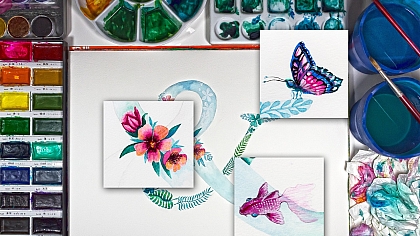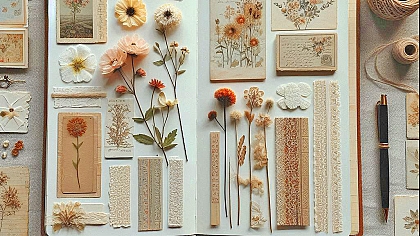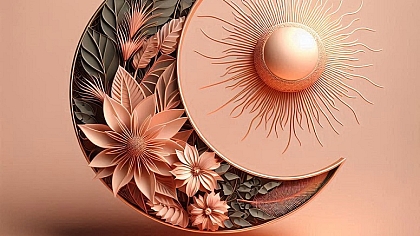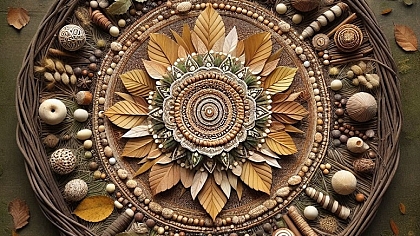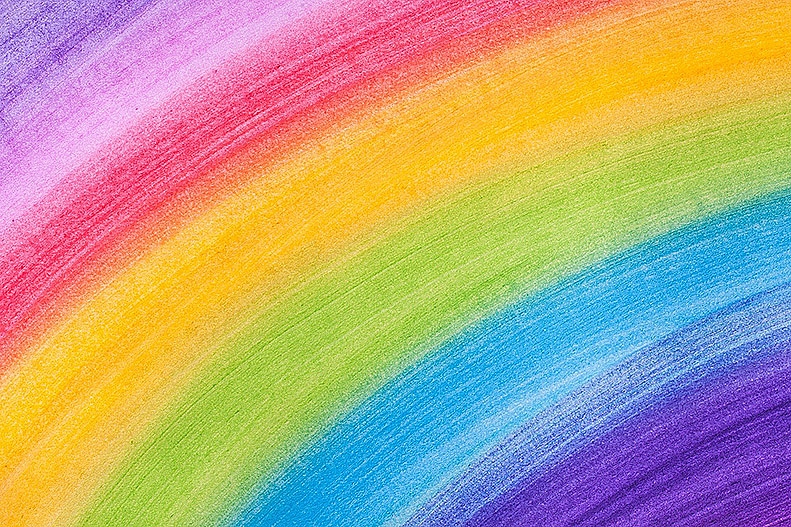
The Effects of Colour in Art
The effects of colour on the human mind are not fully understood and their meanings can vary depending on cultures and individual experiences. It is commonly believed that certain colours have calming effects, while others are more stimulating for the brain.
Furthermore, the use of colour in various art forms helps portray an in-depth message, far from its basic appearance, and artists deliberately use colours which hold a deeper meaning for a particular work of art.
Colours mean different things in different parts of the world and understanding what the colour meant for a particular artist enables people to understand the message that was intended for the viewer. Here are some various meanings and effects of colours:
Blue
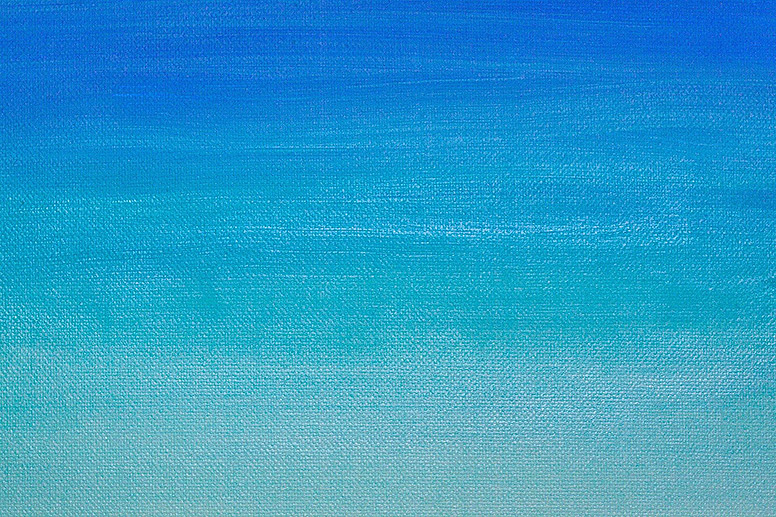
Out of all the different colours, the colour blue seems to have the most meaning as the different shades can invoke contrasting feelings.
Since the sky and sea are blue, this link with natural elements helps calm the mind and is the reason why this colour is used by interior designers in waiting rooms or other areas where people may spend large amounts of time. The colour helps create an atmosphere of tranquillity in what would otherwise be a hectic hospital waiting room or airport lounge.
A darker, bolder blue on the other hand can symbolise security and authority, and this is the reason that it is commonly used by forces around the world. Depending on the way it is used, blue can also be used to envisage coldness, like a barren, icy plain that is inhospitable.
When looking at it from a therapeutic point of view, in colour therapy, blue is believed to be a calming colour which has soothing visual effects that are said to lower blood pressure, one of the reasons why it is used in high-traffic areas.
Red
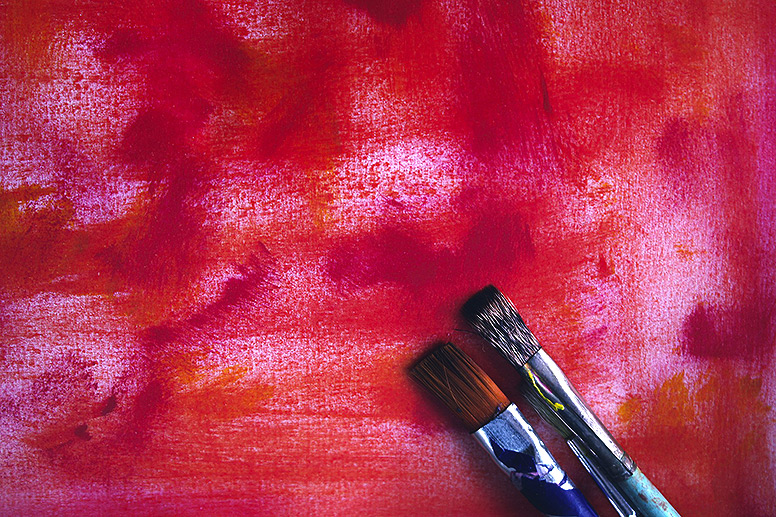
Often seen as the opposite of blue (video games, not to mention political parties, often differentiate two opposing teams using the colours red and blue), red is the colour of blood and symbolises violence and conflict.
A group of Samurai in ancient Japan acquired the name “the red devils” due to their blood-red armour and were some of the most feared warriors in the country. Many flags around the world like the Union Jack and the flag of Turkey use red in service of their nation. The troops of the British Empire were nicknamed the “red coats” and the red colour of the uniform would give the British army on the march a menacing appearance.
Red triggers the brain to think of something as dangerous, again linking it to blood, and is the reason why the colour is used for danger signs and warnings.
Just as red symbolises blood, something physical that flows through the veins of everyone, it also symbolises intense love and passion. Most Valentine’s Day cards and gifts are red and red clothing tends to have an air of romanticism. Typical South Asian wedding dresses are red because the colour links with love and romance too.
Black
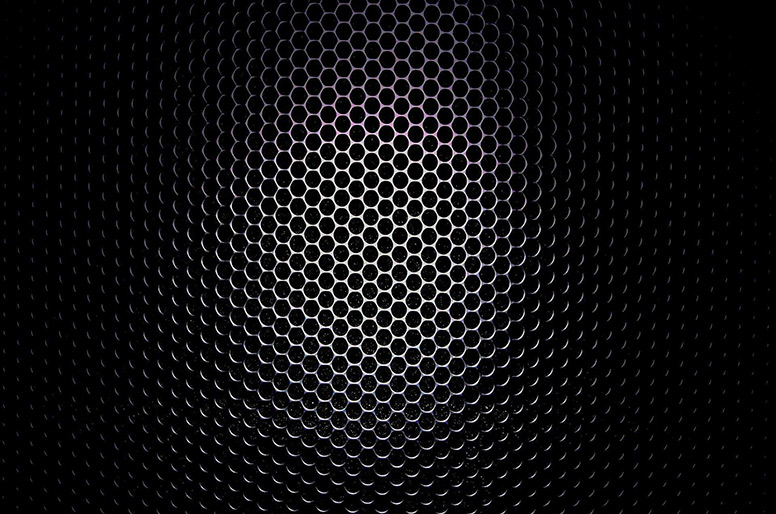
In the Western world, the colour black is symbolic of death and black clothing is commonly worn at funerals. Due to its symbolism of death, black is the main colour used in rock culture and by “Goths”; the combination of the colour black, leather clothing, and skull jewellery are typical of heavy metal artists and perfectly complements the music they produce.
Black also gives a sense of mystery and the unknown due to its link with darkness and shadows; the ability of darkness to conceal things from the human eye adds to these connotations. The stereotypical spy in common media wears black and so did the Japanese ninja fighters, reinforcing the idea of mystery and concealment.
In the Islamic culture, however, the colour black has a deep and spiritual meaning, the place that Muslims face when they pray and make a pilgrimage to, known as the Kaaba, is a cube-shaped building draped in a black sheet with gold writing. Muslim women also wear black to conceal their beauty from male strangers and the banner of the Muslim army that is prophesied to defeat the antichrist in the end times will also be black.
White
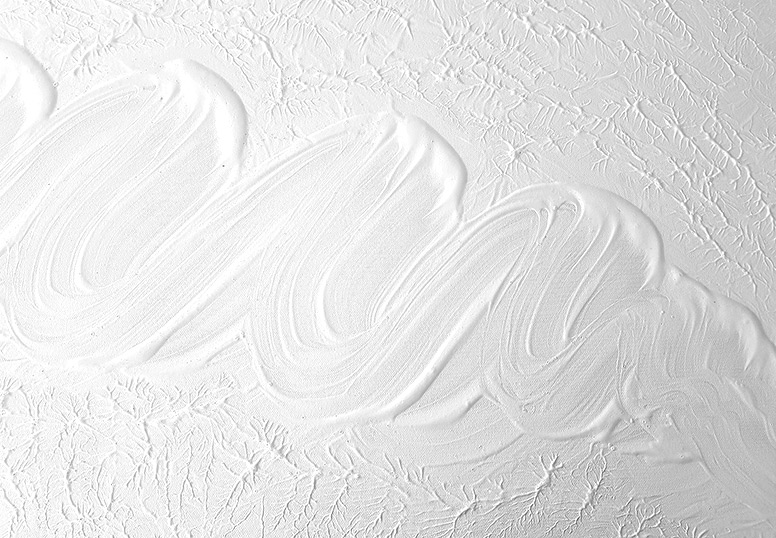
The colour white represents purity and cleanliness and is used in hospitals to enhance the feeling of a clean and sterile facility. In Western weddings, the bride wears a white dress to symbolise purity, the origins of this date back in history to a time when women who had been in a relationship prior to the marriage were not permitted to wear white, further enforcing its symbolism of innocence and piety.
In the Western world, the colour black is symbolic of death but in various other cultures and countries such as China and India, white symbolises it instead. Muslims wrap their deceased in a white shroud and the Samurai from ancient Japan wore a white kimono when they committed seppuku, which was ritual suicide in the unfortunate event of failing one’s master, as that was seen as more honourable than living in disgrace at the time.
White is often seen as the opposite of black with white symbolising light and black symbolising darkness, the ultimate struggle between good and evil. So both colours clearly have different connotations and meanings, both negative and positive, around the world
Green
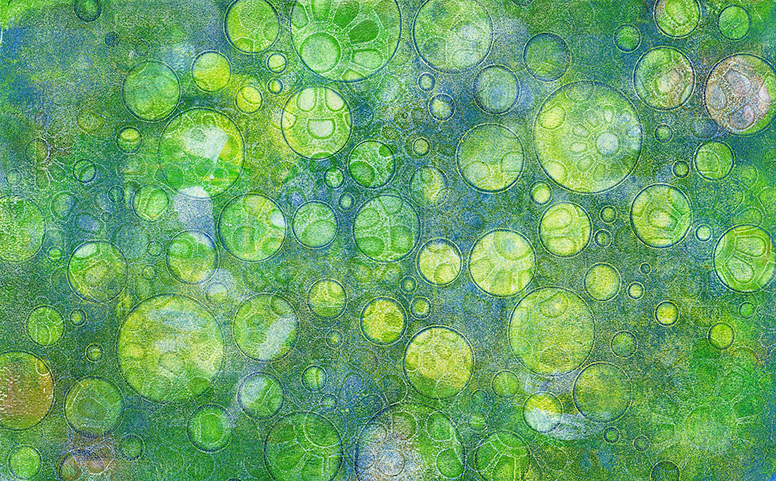
Universally, green is symbolic of grass, trees and nature in general. The connection of the colour green with nature connotes prosperity and the natural state of the world without man-made things.
The colour green is often associated with hippies and their attempt to connect to nature. Muslims believe that denizens of heaven wear green clothes and the colour is often been used symbolically of Islam, even more so than black, in everything from flags to the dome of one of the most famous mosques in the world.
Due to the fact that green is associated with success and prosperity, it can also invoke the feeling of greed and jealousy, the impulsive and negative emotions that arise in some people upon seeing the success of others.
In the therapeutic sense, the colour green is known to calm the mind and spending time in areas full of natural greenery has proven to be good for mental health. Before playing their part, many actors wait in “green rooms” to calm their nerves.
Purple
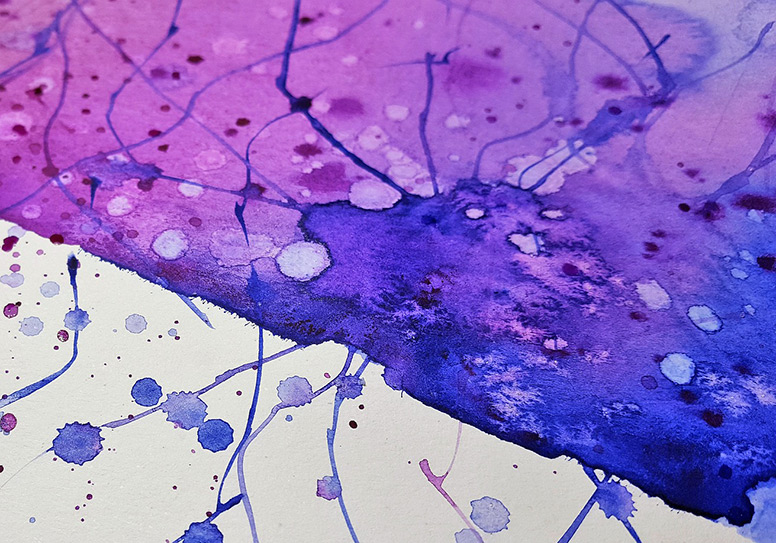
The colour purple is symbolic of royalty because historically only the rich were able to afford products that were purple as the pigment was so hard to make. The British Monarchy wears purple capes during ceremonies.
Purple is also symbolic of imagination and the term “purple prose” means something that is imaginative and exaggerated.
Orange
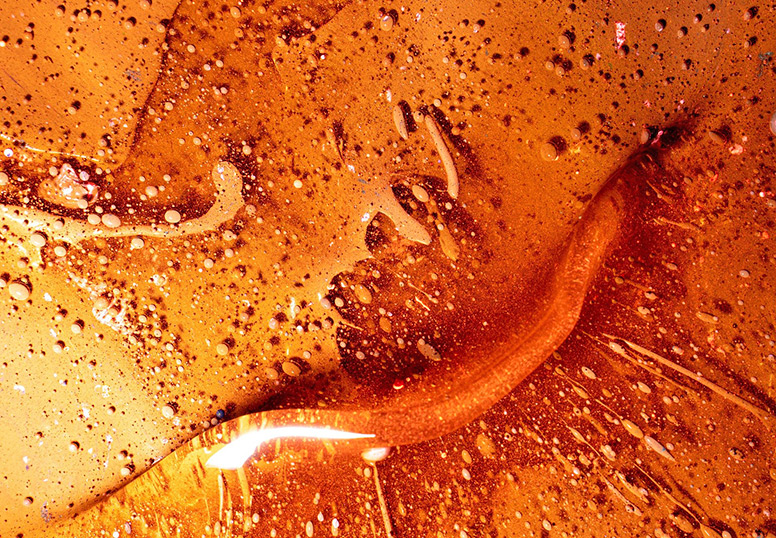
The colour orange is bright, bold and attention-grabbing. Orange connotes energy and therefore is used by many sports companies for mascots, logos and uniforms.
Yellow
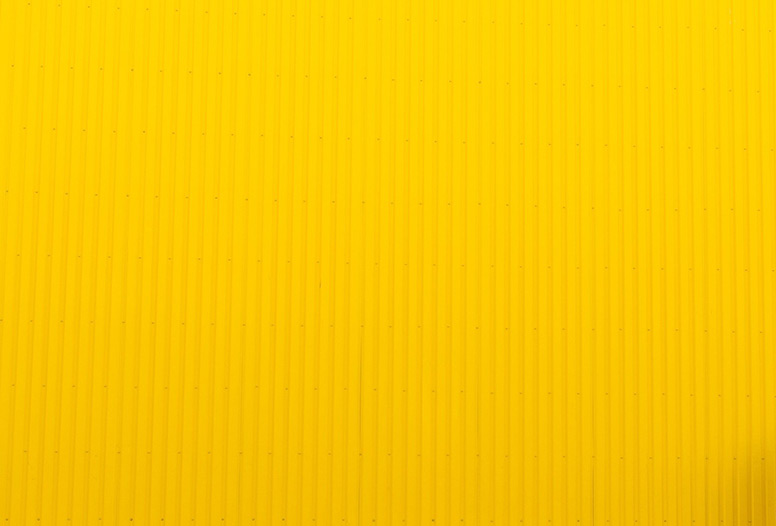
The brightest of colours is bound to have the greatest emotional effect and yellow connotes happiness and warmth, making it ideal for use in children’s books and clothing. An interesting point to note is that the colour yellow is linked to appetite stimulation and this is the reason why it is so commonly used in the logos of fast-food establishments.
Grey
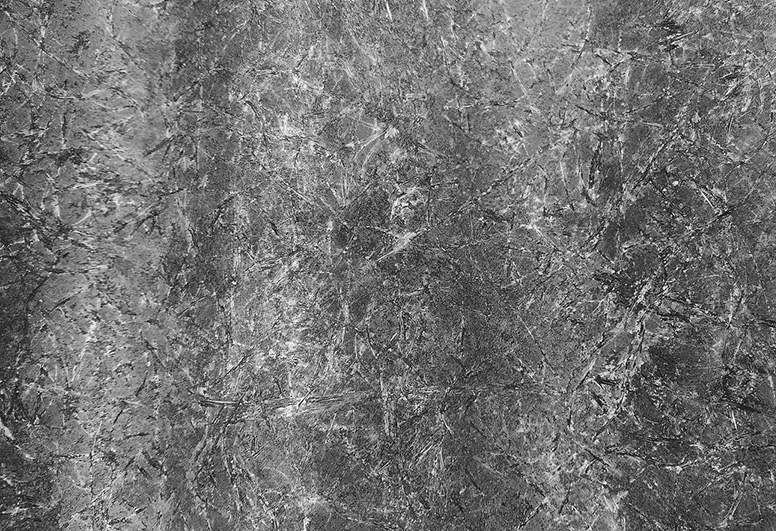
The colour grey is symbolic of neutrality and it can be used in paintings to represent dullness.
Due to the lack of brightness, the colour grey can mean sadness and loneliness for some people, while to others it connotes suave and sophistication, making it an ideal colour to use in office spaces and modern home decor.
